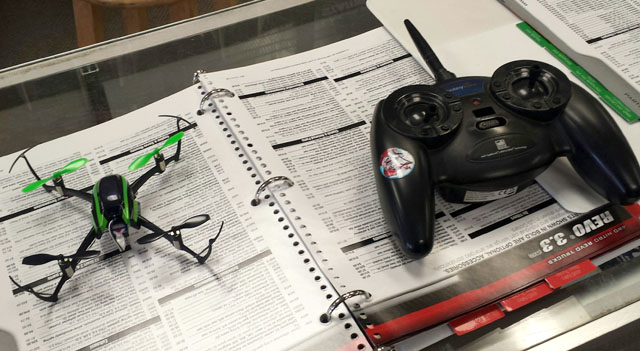Last Saturday was my first presentation in a nursing home facility, although this group might be a little more subdued in their reactions than the younger groups, I received more Thanks personally from people afterwards. Outlining what I present is the idea of flight as sketched out by Leonardo Da Vinci, proceed to the ideas for rubber model airplanes and helicopters of Alphonso Penaud, discus the others that jumped off hills in man carrying gliders, describe the work of the Wright Brothers, and the flight of Charles Lindberg.
I have models to represent some of my talk mainly static but I also do some flying in front of them also. To relate the progression of ideas I show how I started with the FPG-9 foam plate glider and expanded on it with more complicated foam gliders and rubber powered airplanes. I brought along a current project of a balsa rubber powered free flight Guillow’s PC-6 Porter to show a more difficult model build.
Maybe more so for fun, I fly a free flight ministick airplanes, a radio control Mini Vapor, walkalong glider, and a small quadcopter. Anything I fly is very lightweight and slow flying because I am always concerned with safety. The next morning I flew some rubber powered free flight airplanes in the schoolyard next to the nursing home. Some of the residents were watching this, one of the activity directors thought I could do more outside demonstrations as the weather improves.
Bill Kuhl
Related Links



































